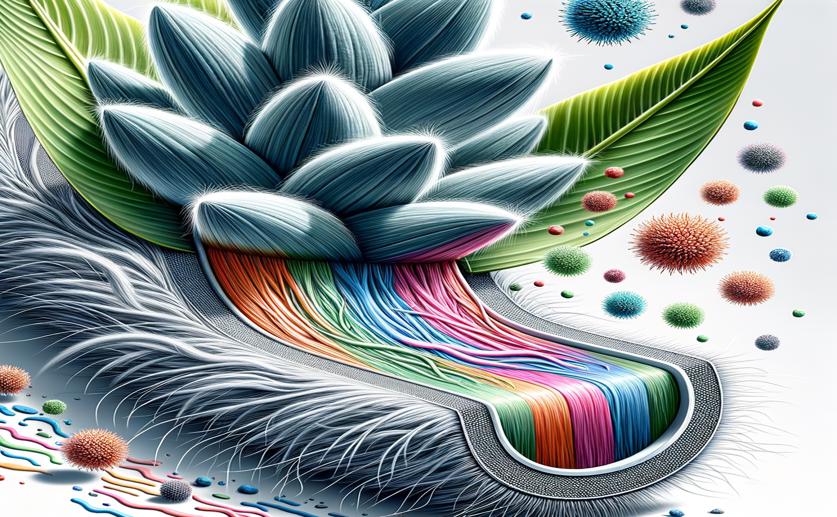
Banana Plant Fiber-Based Magnetic Material for Efficient Dye Removal
Jim Crocker
21st August, 2024

Image Source: Natural Science News, 2024
Key Findings
- Researchers at Mangalore University developed a new hybrid hydrogel nanocomposite from banana pseudo stem cellulose to treat wastewater
- The nanocomposite effectively removes harmful dyes like Methylene Blue and Crystal Violet from water
- The material can be reused multiple times, making it a sustainable solution for industrial wastewater treatment
EnvironmentSustainabilityBiotech
References
Main Study
1) Development of banana pseudo stem cellulose fiber based magnetic nanocomposite as an adsorbent for dye removal.
Published 18th August, 2024
https://doi.org/10.1016/j.ijbiomac.2024.134877
Related Studies
2) Adsorptive removal of organic pollutant methylene blue using polysaccharide-based composite hydrogels.
3) Hydrogel applications for adsorption of contaminants in water and wastewater treatment.
4) pH-Responsive polymers: synthesis, properties and applications.



 17th July, 2024 | Jenn Hoskins
17th July, 2024 | Jenn Hoskins